Late summer is usually when we need to water our vegetables and fruit trees most in Southern California. And we should water them amply, as much as they need in order to provide us the food we desire. But are there ways to be more efficient? Always.
Listed here are things I’ve done to lower my water bill while still reaching the goals I have for my food garden. Perhaps one or two will be applicable and practical for you too.
Cull and triage. Can you pull the plug on any plants that are no longer worth the water? Has your basil gone to flower? (Stop watering it and it can still flower out its life to provide for the bees.) Have you eaten enough zucchini, already?!
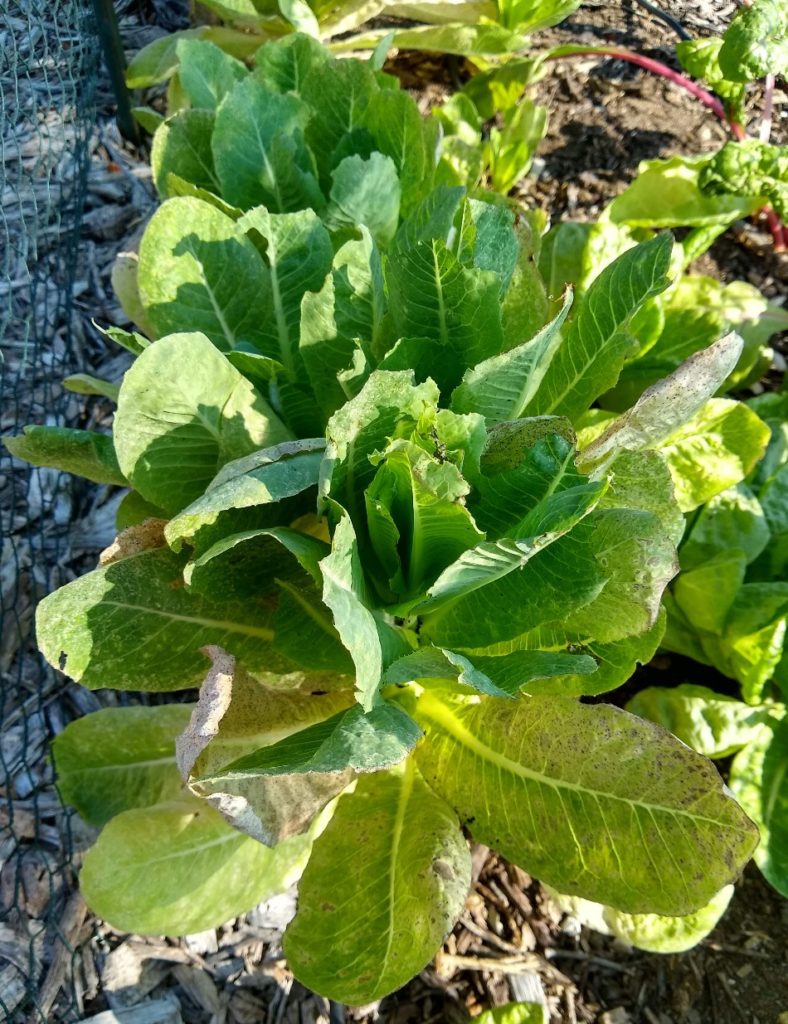
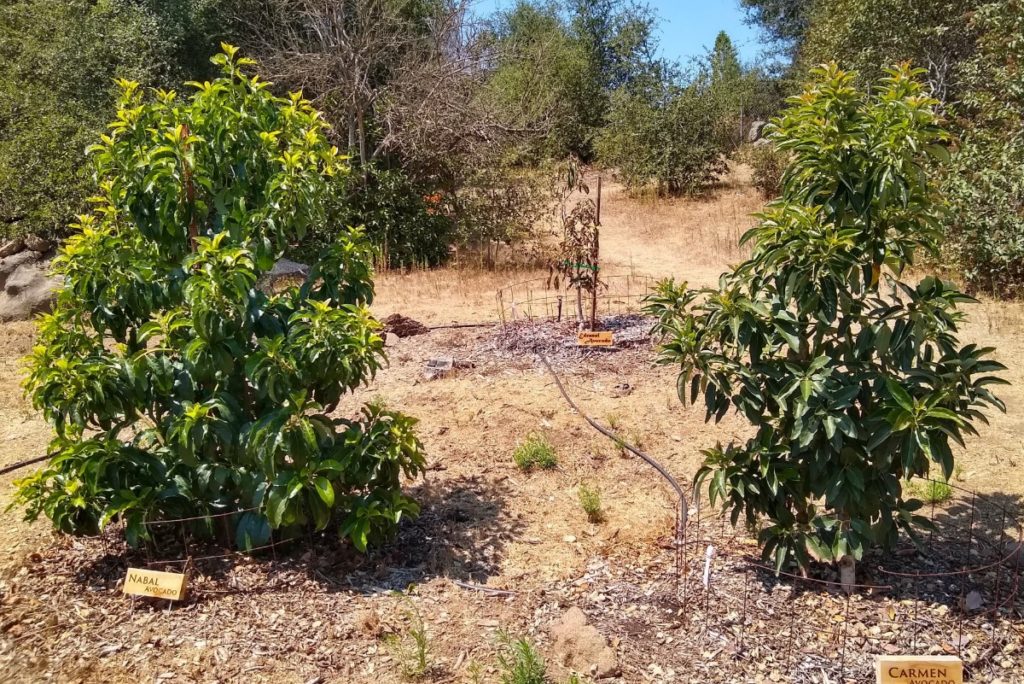
Walk the irrigation lines. If you have automatic irrigation, stroll the yard while the plants are being watered. Every time I do I find something to improve: a leak, a clog, overspray from a sprinkler.
Remove weeds. Weeds are like any other plant in that they only grow if they have water. Weeds among your vegetables or fruit trees are using the water that your vegetables or fruit trees otherwise would. Remove the weeds and you’ve instantly given your plants more water.
Test less water on a fruit tree. In particular, try giving less water to trees that have already given you fruit for the year, such as peaches, or test citrus since they give you a clear sign when they’re thirsty and truly need water again (cupped leaves).
(You might like to read my post, “Reading citrus leaves.”)
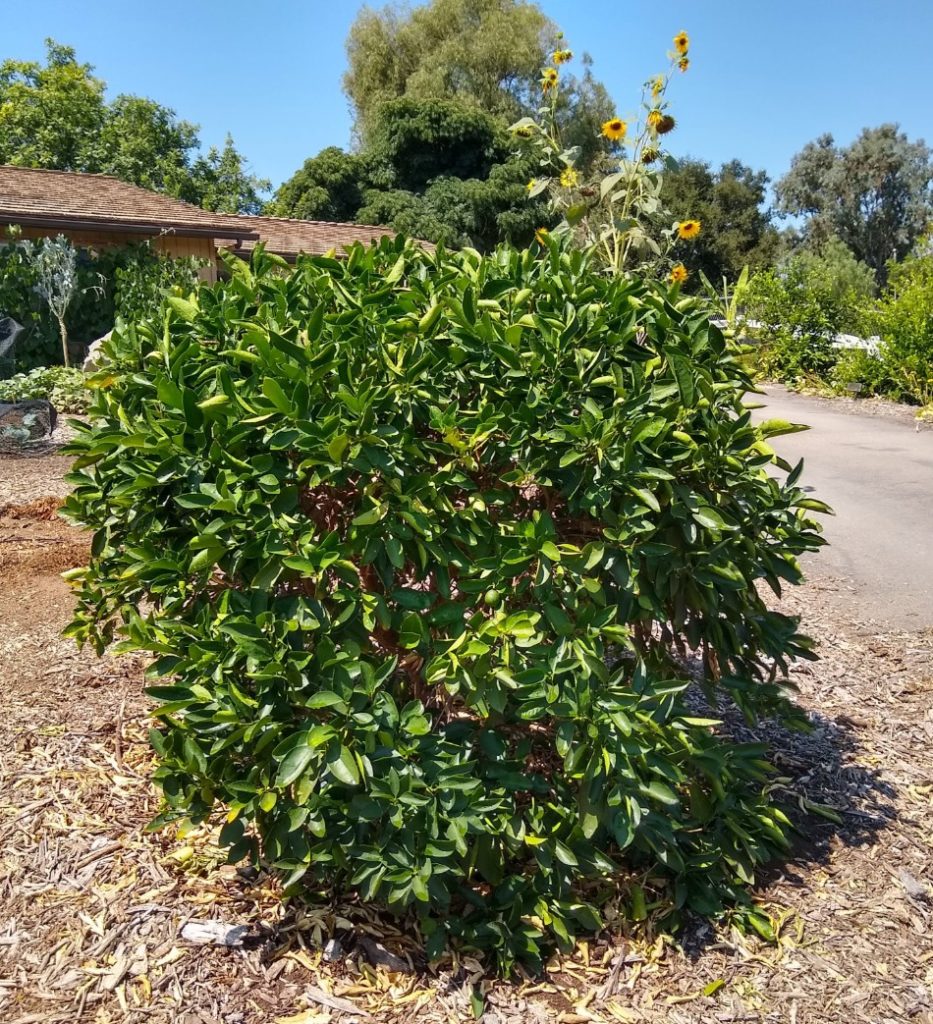
Test no water on a fruit tree. Old trees often have such expansive root systems that they can get by without their own dedicated irrigation; they exploit moisture in the soil from winter rains over a large area, and then they tap into the irrigation you are giving other plants in the vicinity.
(You might like to read my post, “Unirrigated fruits and vegetables in Southern California.”)
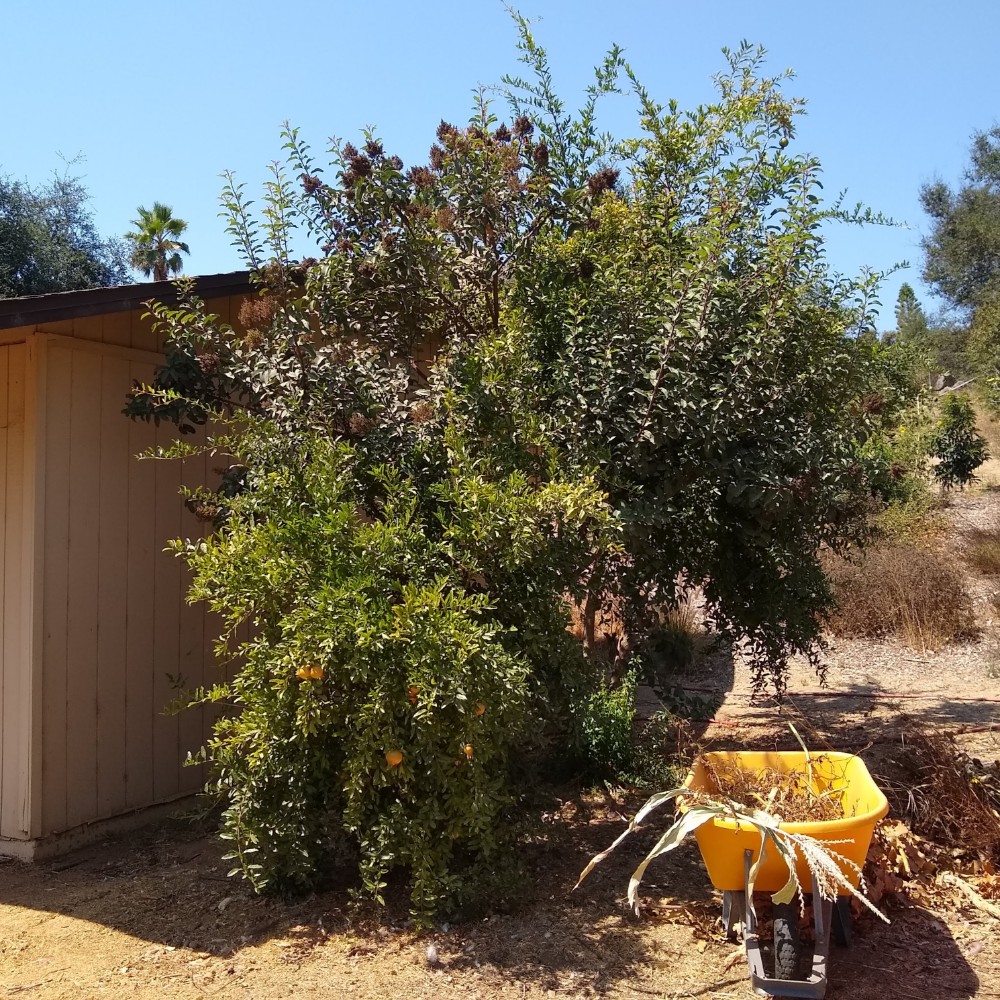
Prune a fruit tree. It is primarily through the leaves that a tree draws up water from its roots and releases the water into the air. So if a tree has fewer leaves it will use less water. Late summer is a great time to give mature deciduous fruit trees a trim to both keep them down to the size you want and to reduce their water needs.
(For details see my post, “Summer pruning deciduous fruit trees.”)
Water vegetables by hand or with drip. For many years I watered my vegetables with sprinklers, but I reduced my vegetable garden’s water use by about half when I switched to drip — while getting just as much production. I also handwater from time to time because that method can be very efficient.
(You might like to read my posts, “The best way to water a vegetable garden” and “Handwatering vegetables.”)
Plant more of your vegetables in the fall, winter, and spring rather than summer. We do get free water from heaven, remember? In Southern California, that rain falls primarily in the winter. So planting near winter allows for the use of that rain whereas planting in summer means your vegetables are entirely dependent on artificial watering.
(You might like to read my post, “Fall is my favorite vegetable growing season.”)

Store some rain. My rain tanks have already lowered my water bill significantly over the last six winters, but since the tanks are expensive and district water is relatively cheap, they only truly pay for themselves after many years. Still, for some gardeners in some situations in Southern California, rain tanks can be a worthwhile investment.
(You might like to read my post, “The economics of my rain tank.”)

The goal is not to have the lowest water bill, of course. The goal is to get a lot to eat from the water that we buy and use. And if we just root out a little waste here and there, consistently, we end up with an attractive yard that feeds our families and that also might cost less than a neighbor’s purely ornamental landscape. Really.
All of my Yard Posts are listed HERE

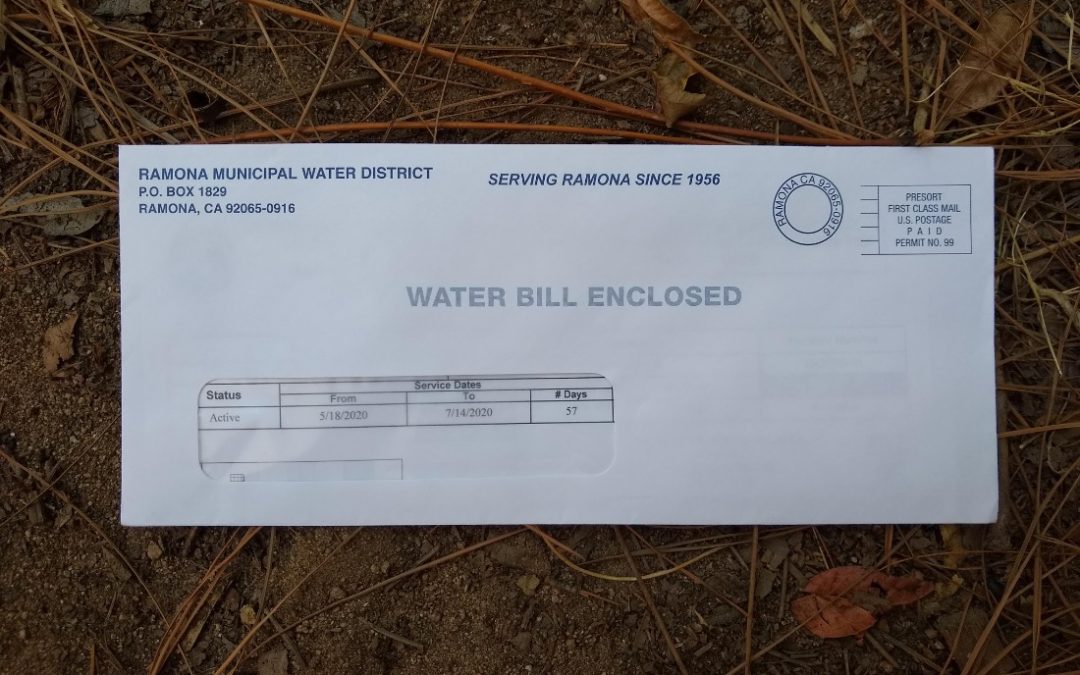

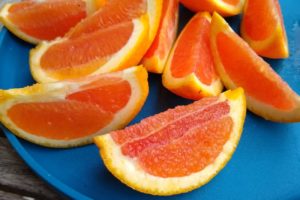
So many good ideas in here. We installed our two rain barrels two years ago and at the time our water district (San Diego) was offering a $50 rebate on each barrel so it was almost free. I like having the store of rainwater for my blueberries too since the rainwater is more acidic.
One other thing I do is use ollas for larger plants with deep roots. I have read it is up to 10x as efficient as surface watering. They are expensive but you can DIY them using a clay pot and saucer as a lid, and seal the drainage hole with a cork and gorilla glue.
Excellent ideas and “food for thought”. I read your posts each week and am trying to apply your techniques into my small Whittier 1/4 acre. Hoping to use retirement time to catch on the last 25 years of work that have left me with an unruly mess of landscape and hardscape to tackle.
Although unrelated to this thread topic, could you provide a source of avocado scion wood?
Hi Art,
Food for thought is exactly how I was trying to present this post. All of our yards are unique. And all of our working lives are unique! I suspect your retirement days are going to be full.
Soon I will write a post about the topic of procuring avocado budwood. For now, if you’re willing to pay for it, and you’re looking for something specific, contact Brad at Paragon Tropicals in San Diego County: brad@paragontropicals.com
Thanks, Greg. I’ve currently got a Hass, a Lamb/Hass and a Fuerte on the hillside, but two others were started from seeds, volunteers of unknown origin. Grafting them with Sir Prize, Pinkerton, Reed and Nabal is my target. Grafting – another adventure!
…along with incorporating ollas and rain barrels as things develop!
What is your though on using grey water be used for fruit trees? I see laundry soap such as ECOS that say it is earth friendly and would that be a better option? I know bleach would be a no no to send in a plants direction. I wash the dogs and cars by the lawn and surrounding plants while never seeing any problems from the soap. I never eat these plants though.
Hi Paul,
Great question. I thought of including this in the post. I have used the water from my laundry on various fruit trees for almost twenty years and haven’t had any problems except on very young avocado trees. For the past handful of years we have washed our clothes with ECOS detergent.
Not sure if you have access to it, but Oasis Biocompatible makes both a laundry detergent and a dish soap, and both are excellent stuff for greywater, and are particularly designed to break down into plant nutrients. BioPac also makes very good products which are very similar. I get mine at my local food coop, and I’ve been using laundry and sink grey water for fruit trees for a number of years with good results and no signs of salt build up or any of the other problems often associated with industrial soaps. If you’re interested in greywater generally, I particularly recommend Art Ludwig’s book, Create and Oasis with Greywater.
I second Joe’s recommendation of Art Ludwig’s book, which is very detailed, realistic, and rooted in experience particularly in Southern California.
How much is your water bill per acre approximately?
Submitting a general question on Avocados….what avocado is flowering at this time of the year??
I see one down the street in Southern Orange County and am curious what it could be…..I may try to graft a few cuttings onto one of my avocado trees.
Thanks
Hi Al,
This year, I’ve seen two varieties flowering right now: Fuerte and Carmen. Not all Fuerte and Carmen trees have started flowering everywhere, but I’ve seen a few of each variety flowering in some locations from San Diego County up through Ventura County. In southern Orange County, I’ve seen a Fuerte in San Clemente flowering in October in the past.